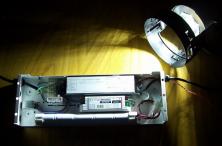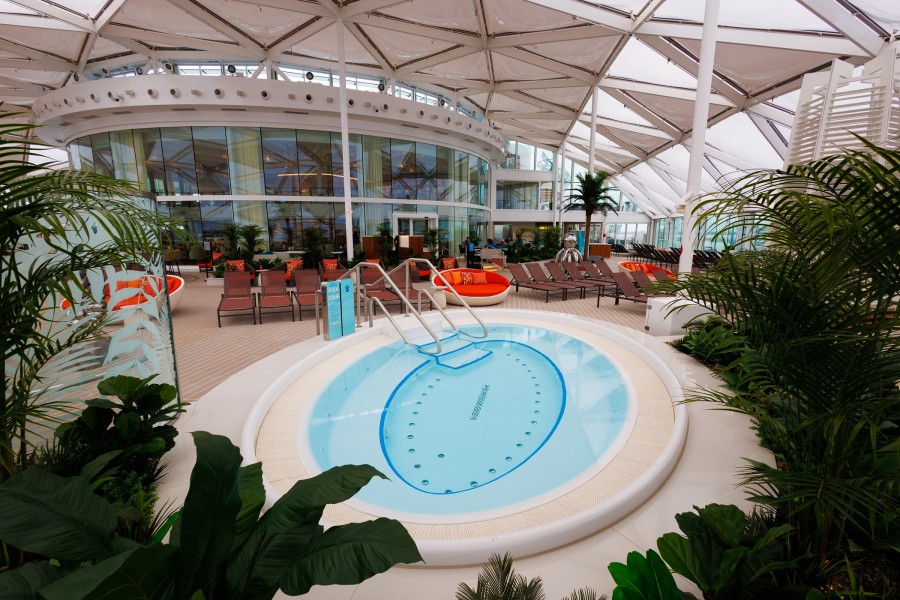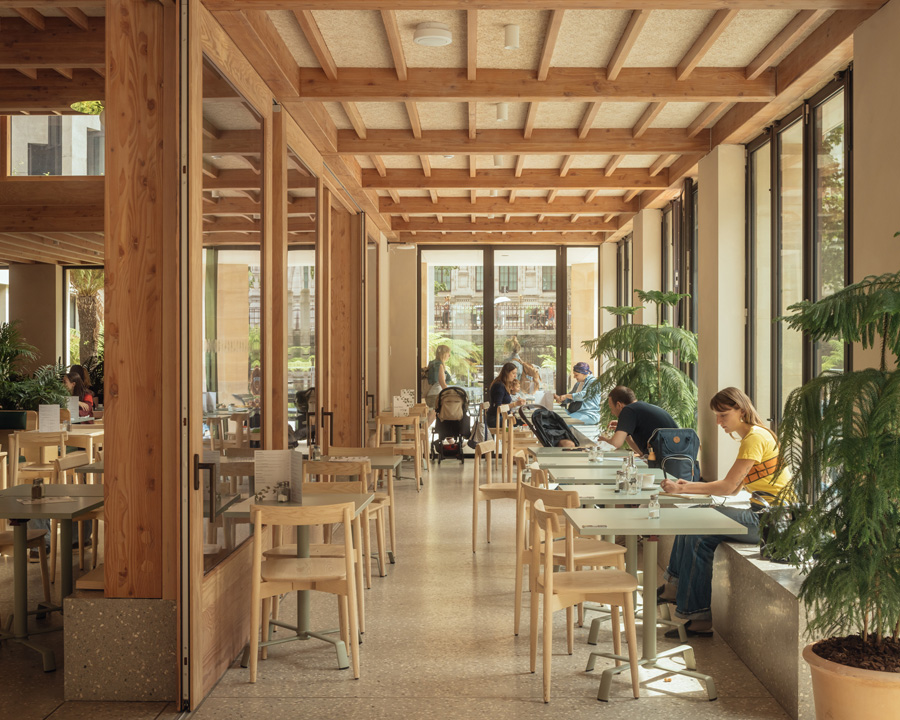The emergency lighting Code of Practice BS 5266-1 has been revised to accommodate changes to European standards and UK legislation.
Now that compliance is judged using risk assessments, ICEL, the emergency lighting arm of the Lighting Industry Association (LIA), provides guidance to the revisions, and to the action that should be taken concerning existing non-compliant sites.
BS 5266-1 has been fully revised to harmonise with European standards and UK legislation. The aim of the recommendations is to encourage application uniformity, based on providing adequate safety to building occupants should there be interruption to the normal lighting for any reason. They also take into account hazard levels and the necessary familiarity of building occupants with the premises concerned.
The standard recognises that, as well ensuring a safe unobstructed way of escape from a building at all times, it is essential that emergency lighting enables the immediate location and operation of fire alarm call points and fire-fighting equipment. BS 5266-1 also aims to minimise the possibility of people panicking in enclosed spaces, such as lifts.
The main effect of the changes caused by the introduction of the Fire Safety Order (FSO) in October 2006 is that in the revision, the old A deviations (0.2 lux) have been removed and have been aligned with the European requirement for 1 lux minimum on the centre line of all escape routes.
The standard has also been expanded to give guidance to protect building occupants from a sudden loss of the normal lighting supply.
The changes to BS 5266-1 also clarify that external illumination needs to cover the route from the outside of the building to a place of safety.
In addition, this revision ensures that the wiring requirements within the standard relating to the new revision of the harmonised wiring standard for safety related systems are taken into account.
BSI has also decided to adopt in BS 5266-1, the guidance currently given in BS 5266-10 to protect hazards assessed as being likely to occur in the event of sudden electricity supply failure.
The biggest change in style is the explanation of the requirements to enable a competent engineer to produce a safe design for a specific building, instead of being a set of general rules that had to be applied prescriptively. The new format has been designed to help system engineers, users and enforcing authorities to make a more informed judgement of the system needed to keep occupants safe and the building complying with legislation.
It is very important that emergency lighting designers, installers and maintainers have sufficient knowledge of the changes to BS 5266-1 to convince users (such as building owners, facility managers and maintenance staff) of their competence to provide and service an emergency lighting system appropriate for the application.
It is essential also that they are able to provide users with the necessary documentation to enable them to convince the Auditing Fire Authority that their installations are compliant and fit for purpose.
ICEL strongly recommends that all those involved with the supply design or use of emergency lighting should be fully aware of these changes to BS 5266-1 in order that the ‘responsible person’ concerned is able to prove, possibly in a court of law, that the required duty of care has been met. As a result, ICEL has updated its revision of BS5266 training course, which is an approved route for showing that emergency lighting designers, installers and maintainers have the necessary knowledge to provide appropriate and compliant emergency lighting systems. Such people will, therefore, be able to meet BAFE SP 203-4 third party accreditation.
Additionally, the recently introduced BAFE SP 203-4 scheme is being updated to ensure that registered companies are working to the latest version of the standard. The BAFE scheme helps premises owners and facilities managers demonstrate compliance with the legislation. It covers the design, installation, commissioning and maintenance of emergency lighting systems. It is delivered through BAFE-licensed, UKAS-approved certification bodies, and it recognises the competencies required.
Many building owners and managers have taken ICEL advice such that the emergency lighting systems installed in their premises comply with FSO requirements. Emergency lighting manufacturers belonging to ICEL are committed to produce equipment to the latest standards and provide information for it to be designed and installed to BS 5266-1, therefore assisting users in complying with the FSO.
Such benefits, combined with the BAFE SP 203-4 scheme, therefore, gives all concerned peace of mind that their emergency lighting system is compliant, safe and fit for purpose.




















